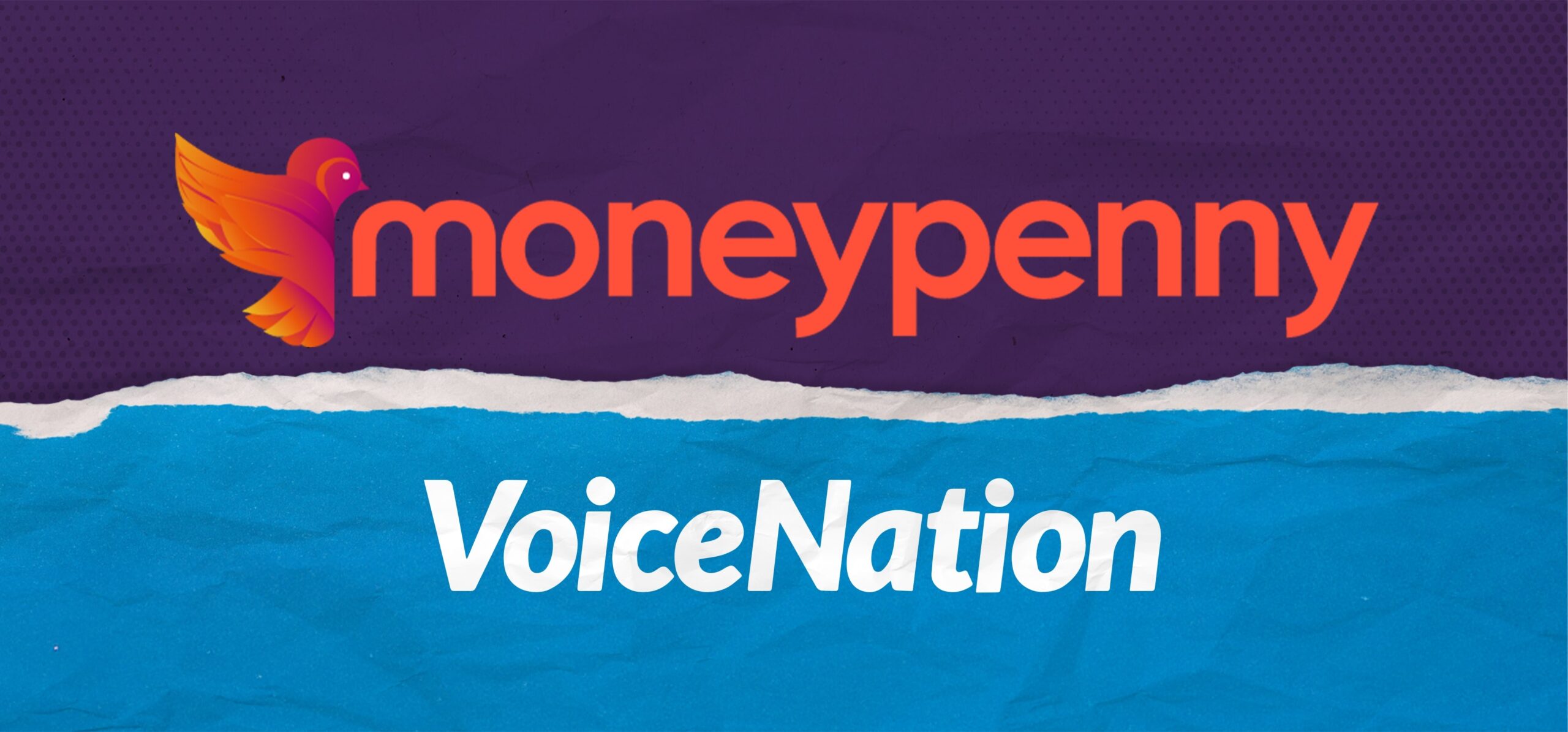Our jobs are a big part of our daily life. After all, most of us spend five out of seven days in the office, so it’s important for us to choose a career path that makes us happy, motivated, and excited.
But what if we’re not happy in our jobs, and how do we know if other people are in the same position?
Well, to find out, we surveyed workers in the US to determine Americans’ opinions on their careers. We wanted to find out what the happiest professions are, as well as the unhappiest jobs that Americans have to put up with.
Ultimately, we wanted to uncover whether people are happy or unhappy at work, and find out exactly what their dream career would be. We also compared our findings to a similar study we ran in 2021, to see whether there’s been a change in perception.
Read on to find out more information, including the happiest and unhappiest states at work.

Only 9% of Americans are in their dream career
Shockingly, when we ran our study in 2021, only 7% of Americans revealed that they were in their dream career, leaving 93% of Americans working in careers that don’t wholly interest them.
In 2023, this figure is still relatively low, but has risen to 9%, meaning 1 in every 11 Americans has achieved their dream placement. But what else can we unpick from the data, and what deters people from changing careers?

What careers are the happiest and unhappiest?
Analyzing our research, we’re able to reveal the most favored and unfavored professions.
Just like in 2021, those who work in information technology seem to be the happiest in their careers, with 86% responding positively, a rise from the mid-pandemic rate of 73%. With this in mind, it’s not surprising that people choose I.T. as one of the top sectors they’d like for their dream career.
Those who work in recruitment and HR are second happiest (83%). Interestingly, this industry ranked 14th just two years ago, indicating a significant shift for the positive. Meanwhile, marketing, advertising, and PR places third, with a 70% happiness rate.
Comparing 2023 vs 2021, accountancy, public services, and teaching have each dropped a few places, while science, healthcare, hospitality, and transport no longer even feature in the happiest professions.
In fact, post-pandemic, when it comes to the top-ranking careers, the sectors with the highest percentage of happy workers include:
- Information technology (86%)
- Recruitment and HR (83%)
- Marketing, advertising, and PR (70%)
- Accountancy, banking, and finance (70%)
- Public services and administration (69%)
- Engineering and manufacturing 68%)
- Law (67%)
- Teacher training and education (66%)
As well as facilitating many well-paying jobs, many of these sectors offer extra perks to their employees, and the space for an enjoyable work culture.
As for the sectors with the highest percentage of unhappy workers, we have:
- Science and pharmaceuticals (42%)
- Charity and voluntary work (39%)
- Leisure, sport, and tourism (33%)
The leisure, sport, and tourism industry ranking among the unhappiest professions is a potentially interesting inclusion. Considering the return to regularity following the extended period of isolation, it could be presumed that workers in these sectors have recently enjoyed increased opportunities; in contrast, there are actually more unhappy tourism workers now (33%) than in 2021 (25%).
The states with the unhappiest and happiest professions
To really understand where job satisfaction flourishes and declines, we asked Americans of all ages and professions whether they’re unhappy or happy in their current career. Our research gave us quite a spread of results…
Just like in 2021, Rhode Island is the state with the highest percentage of unhappy workers (50%), though it’s now joined at the top by New Mexico (50%) and Vermont (50%) – previously, South Dakota and Louisiana completed the top three.
Meanwhile, 100% of people living in Wyoming are completely happy in their current careers, with those in North Dakota and Washington D.C. taking joint-second (both 86%). Minnesota previously topped the list but doesn’t even earn a spot among the ten best states in 2023.
So, job happiness and career satisfaction really can depend on the state you live in! These five states have the highest percentage of people that are unhappy at work:

Meanwhile, these five states have the highest percentage of happy workers:

Happiness at work depends on the sector you’re in
 It’s important that people are happy at work and in their roles, and our research seems to suggest that people are becoming increasingly satisfied with their professional lives. In fact, almost two third of Americans (63%) are happy at work in 2023, vs just over half (54%) in 2021.
It’s important that people are happy at work and in their roles, and our research seems to suggest that people are becoming increasingly satisfied with their professional lives. In fact, almost two third of Americans (63%) are happy at work in 2023, vs just over half (54%) in 2021.
Similarly, fewer people are reportedly unhappy at work now (14%) than just two years ago (19%). However, with almost a quarter of Americans feeling ambivalent about their job, there’s certainly room for improvement.
So, if such a high percentage of Americans are either unsatisfied or uninterested in their current jobs, why don’t they simple change roles?
How often do Americans change jobs?
According to government statistics for the US labor force, the average American has 12 jobs in their lifetime, meaning Americans change their current job every 4.1 years.
In fact, some of the sectors Americans are most likely to switch to include the following:
- Healthcare
- Creative arts and design
- Information technology
- Accountancy, banking, and finance
- Business, consultancy, and management
What’s stopping people from moving to their dream career?
If Americans are switching roles at a fairly consistent rate, what’s preventing people from taking the plunge and making a dream career move?
People become too comfortable
Whether there’s a complete structure change at work or a new manager has brought the team morale down, there are a number of reasons why you might reconsider your role at a company.
However, often, employees trudge through and remain working somewhere that’s making them unhappy. In fact, almost a quarter (23%) of Americans stated that being too comfortable in their current situation is what stops them from making the switch to their dream career. This has crept up slightly since 2021, when just 1-in-5 said they were too settled.
Not having the experience required
A lack of experience is another factor that prevents people from moving to a new role, with 23% of people claiming this discourages them pursuing their dream career – up from 20% in 2021.
We’re seemingly seeing a steady increase in the number of workers who lack the confidence to make the move, which was also the case just two years ago when 15% of people cited this as their main blocker.
The pandemic has impacted the way Americans feel about work
At the end of the day, it’s down to us which career we get into, but that doesn’t necessarily mean we’re happy with our choice. However, sometimes it can take things happening outside of work for us to realize just how unhappy we are in our current roles.
The pandemic was one of those factors, both in 2021 and today; it made people think twice about their careers. Because when the world is in disarray, we need a job that brings happiness to our day-to-day, not the opposite.
Delving into the data, an incredible two thirds of Americans (67%) feel that their professional outlook has changed over the last two years. Meanwhile, 41% say the pandemic made them realize that life’s too short to worry about work, and 25% have enjoyed new opportunities since.
Clearly, American job satisfaction differs by state and job sector, and dream careers are often neglected because of job comfortability and a lack of confidence –
although, the pandemic did make many people realize their current job isn’t all that it’s cracked up to be. So, it’s not to say that getting your dream job is totally out of reach!
For further insights into the working world, you can explore the Moneypenny blog, or discover even more about our business live chat and phone answering service by getting in touch with our team today.



















